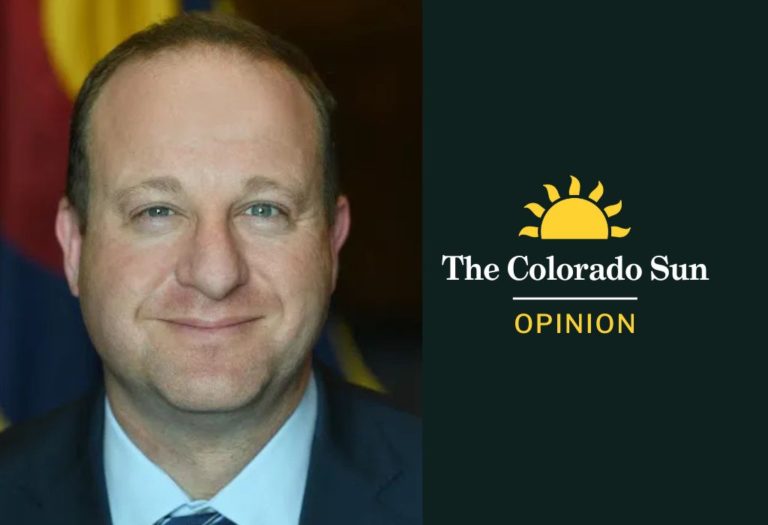This week, over 20 bipartisan governors from across the country are coming together in Colorado Springs for the National Governors Association summer meeting. States are where we get things done, and we are coming together to share ideas, learn from one another, and find innovative solutions to the shared challenges we face to best deliver for the people we serve.
Education has huge opportunities for governors to take bold action and drive better outcomes for learners and for our economy. As chair of the National Governors Association, my chair initiative, Let’s Get Ready! Educating All Americans for Success, is bringing governors together in a bipartisan manner to tackle head-on a question top of mind for so many of us: How can we better set our students, and our economy, up for success?
Today, there is a gap between the skills students leave high school with, and the skills needed to get a good job and build a prosperous future. Too many good jobs are going unfilled because employers can’t find workers with the right skills to match open roles.
For too long, our definition of “readiness” has too narrowly focused on basic academic indicators that only scratch the surface of what students need to be successful throughout their lives.
We hear from educators and from job seekers alike that it’s time to innovate and rethink how we build future-ready learners. It’s time now to redesign our education systems to provide more high-quality choices that keep pace with technology and innovation.
Metrics like diplomas and test scores are important but not sufficient to determine if students are career- or college-ready. These measures have value as accountability yardsticks, but they tell employers next to nothing about actual skills.
A meaningful certification can lead to a successful career in health care, manufacturing, technology and more. In addition, students should acquire “soft skills” that employers value — like adaptability, critical thinking, communication, teamwork, persistence — and an overall ability to learn how to learn.
Many of America’s economic competitors have figured this out, and are well on their way teaching the skills that are central to career success in a changing economy.
We set out, with a focus on data and measurement, to look at what is working, share best practices and drive stronger outcomes for all learners. And perhaps most importantly, to identify and change what isn’t working.
Over the course of the year, we’ve learned from experts throughout the education and workforce ecosystem, toured schools in New York, Las Vegas and Vancouver that are leading innovative efforts to fill needed gaps for students, whether with high-quality workforce training or dual language curriculum. We’ve taken a deep dive into the data — and most noticeably — seen where we aren’t yet gathering the data we need.
And we’re taking it one step further, releasing a new roadmap this week based on our findings that includes action-oriented steps governors can take to make readiness and opportunity the norm for students and our economy.
These steps include: defining a clear vision for student readiness and assessing how these metrics are measured; eliminating silos across government that slow progress; building systems and infrastructure to measure outcomes; considering a more effective federal role in education, and maintaining focus on outcomes with a public dashboard.
Governors are already stepping up to commit to a public dashboard that will bolster transparency and accountability.
When it comes to the changing federal role in education, governors are stepping up — both to fill the gap and because states are where we get things done.
In Colorado, we’ve made great progress. We passed free public preschool and full-day kindergarten, made innovative investments in math and science to drive student achievement and support teacher training, and set up a free digital math accelerator that is already showing positive results. We made it free to get training in high-demand fields including health care and construction, and made the first two years of community college free for many Coloradans. A majority of Colorado high school graduates now have at least some dual enrollment or vocational credit.
And we’re just getting started. With the insights and action steps in this roadmap, we are even better prepared to drive successful outcomes for students and our economy.
Each of us has a role to play in the drive to success, from educators to employers, and leaders at every level of government. Together, we can raise the bar on what is possible for our students and our economy.
We’ve got the roadmap, now let’s get to it!
Colorado Gov. Jared Polis, a Democrat, was elected in 2018 and reelected in 2022 and is the chair of the National Governors Association.
The Colorado Sun is a nonpartisan news organization, and the opinions of columnists and editorial writers do not reflect the opinions of the newsroom. Read our ethics policy for more on The Sun’s opinion policy. Learn how to submit a column. Reach the opinion editor at opinion@coloradosun.com.
Follow Colorado Sun Opinion on Facebook.

